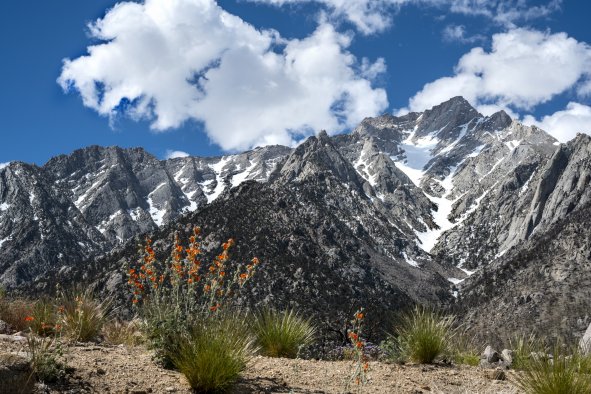Jupiter has long been famed for its Great Red Spot—but it wasn't until recently that scientists gained more information on how, and how long ago, it originated.
The huge swirl on the side of the solar system's largest planet is a massive storm, long thought to have been blowing for possibly over 300 years, and at a size larger than the entire Earth.
Now, according to new research in the journal Geophysical Research Letters, astronomers have modeled how the storm formed and has persisted for so long, and have deduced that it might not be quite as old as first thought.
The Great Red Spot is a massive storm located in Jupiter's southern hemisphere, and was originally thought to have been first observed in the 17th century—notably by Giovanni Cassini, who named it the Permanent Spot (PS). The red spot wasn't documented again until the 1830s, however, after which it was referred to as the Great Red Spot (GRS), with some thinking that Cassini may have instead observed a different earlier large storm on the planet's surface.
The researchers analyzed observations of the spot across several centuries, dating back to the 1600s, and used models to determine how it may have formed and stuck around for so long, and if the PS was indeed an early version of the GRS.
"From the measurements of sizes and movements we deduced that it is highly unlikely that the current GRS was the PS observed by G. D. Cassini. The PS probably disappeared sometime between the mid-18th and 19th centuries, in which case, we can say that the longevity of the Red Spot now exceeds 190 years at least," study co-author Agustín Sánchez-Lavega, professor of physics at the University of the Basque Country (UPV/EHU), said in a statement.
In 1879, the spot was 24,233 miles across, and it has slowly shrunk to its current size of 8,700 miles in diameter, steadily becoming more round than oval in shape.
"Various instruments on board the Juno mission in orbit around Jupiter have shown that the GRS is shallow and thin when compared to its horizontal dimension, as vertically it is about 500 km long," said Sánchez-Lavega.
Above the GRS, winds blow at around 112 mph to the west, while below the storm, they blow to the east at about 93 mph. This created a north-south shear, generating the giant storm vortex.
The researchers modeled the vortices of wind blowing across Jupiter's atmosphere, and found that it was unlikely that the GRS formed by the merging of multiple vortices, or via the eruption of a huge superstorm as is sometimes seen on Saturn, the solar system's second largest gas giant.
"We also think that if one of these unusual phenomena had occurred, it or its consequences in the atmosphere must have been observed and reported by the astronomers at the time," said Sánchez-Lavega.
They found that if the winds were unstable in a certain kind of way, it could create an elongated storm cell that traps them, generating a proto-GRS. This process has been seen before at other vortices on Jupiter, and would result in a shrinking similar to what we have observed from the GRS over the years.
"In our simulations, supercomputers enabled us to discover that the elongated cells are stable when they rotate around the periphery of the GRS at the speed of Jupiter's winds, as would be expected when they form because of this instability," co-author Enrique García-Melendo, a physics researcher at the Universitat Politècnica de Catalunya—BarcelonaTech (UPC), said in the statement.
This explanation would require the vortex to spin at a very specific speed, however, as it would fall apart if too slow, or not remain stable if too fast.
The researchers hope to further investigate the GRS's longevity, and predict whether it will disintegrate any time soon.
Do you have a tip on a science story that Newsweek should be covering? Do you have a question about Jupiter? Let us know via science@newsweek.com.
Disclaimer: The copyright of this article belongs to the original author. Reposting this article is solely for the purpose of information dissemination and does not constitute any investment advice. If there is any infringement, please contact us immediately. We will make corrections or deletions as necessary. Thank you.



